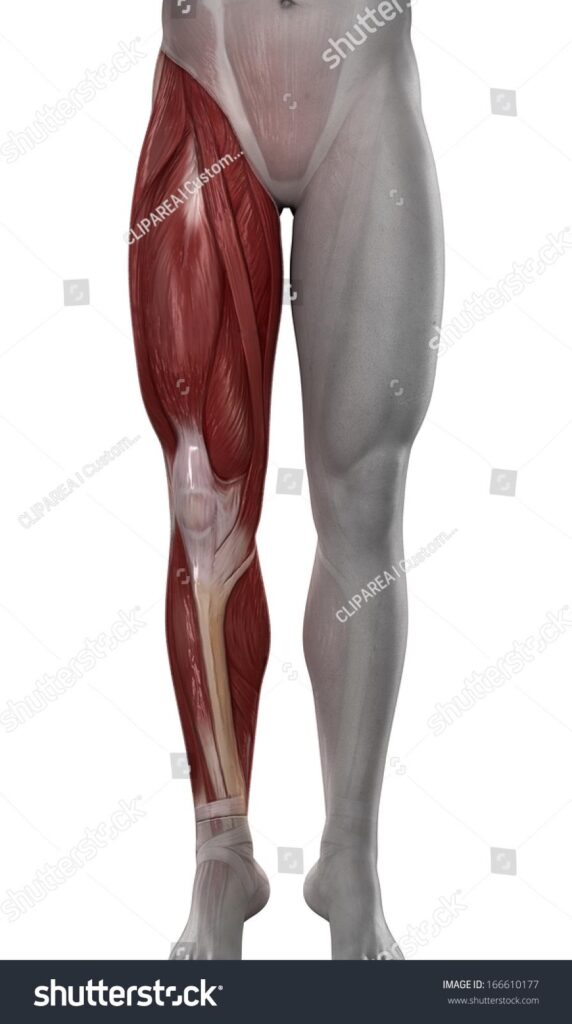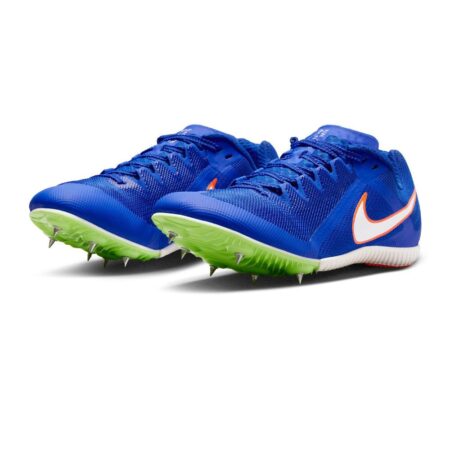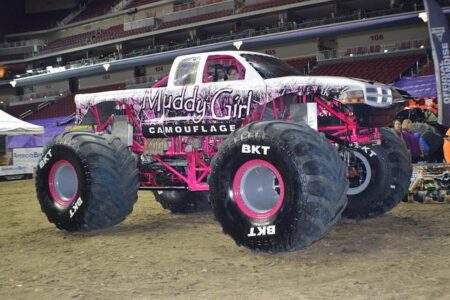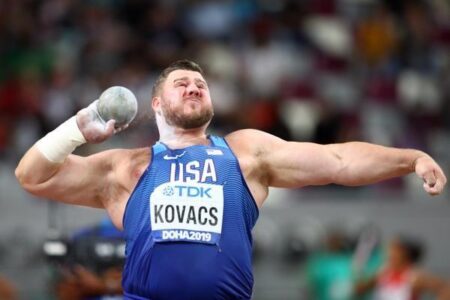A recent study published on Medical Xpress dives into the often-overlooked differences in leg morphology between sprinters and non-sprinters, uncovering unexpected findings that challenge conventional wisdom. By systematically comparing muscle structure, bone density, and limb proportions, researchers shed new light on the anatomical factors that may influence sprinting performance. This comparative analysis not only deepens our understanding of athletic specialization but also raises intriguing questions about the role of genetics and training in shaping the human body.
Leg Structure Differences Challenge Traditional Sprinting Assumptions
Recent research overturns long-held beliefs by revealing that sprinters’ leg structures are not simply more muscular or longer than those of non-sprinters. Instead, subtle variations in bone geometry and tendon length appear to play a more crucial role in sprinting efficiency. Contrary to traditional assumptions emphasizing raw muscle mass, the study highlights how the distribution of muscle fibers and the elasticity of tendons contribute significantly to explosive speed. These anatomical nuances allow sprinters to generate greater force while maintaining optimal stride mechanics.
Key morphological differences identified include:
- Shorter but more densely packed muscle fibers in the calves
- Longer Achilles tendons enhancing energy storage and release
- Compact femur length combined with increased cortical bone thickness
| Feature | Sprinters | Non-Sprinters |
|---|---|---|
| Achilles Tendon Length | 15% longer | Baseline |
| Calf Muscle Density | 12% higher | Baseline |
| Femur Cortical Thickness | 8% greater | Baseline |
Muscle Composition and Bone Density Yield Unexpected Findings
Contrary to longstanding assumptions about the physical differences that define sprinters, the study found that muscle composition did not vastly differ in volume between sprinters and their non-sprinter counterparts. Instead, the key variation lay in the distribution of muscle fiber types, particularly a higher proportion of fast-twitch fibers in sprinters, which enhances explosive power. Moreover, bone density measurements yielded surprising results revealing that sprinters possess significantly denser cortical bone in the tibia, suggesting adaptation to the repetitive high-impact stresses of sprinting. These findings challenge previous notions that muscle mass alone dictates sprinting prowess and highlight the critical interplay of bone strength in athletic performance.
- Fast-twitch muscle fibers: Predominantly found in sprinters, contribute to quick bursts of speed.
- Bone density variations: Denser in sprinters’ lower legs, essential for shock absorption and injury prevention.
- Muscle volume: Similar between sprinters and non-sprinters, defying expectations.
| Parameter | Sprinters | Non-Sprinters |
|---|---|---|
| Fast-Twitch Fibers (%) | 65 | 45 |
| Bone Density (g/cmÂł) | 1.32 | 1.10 |
| Muscle Volume (cmÂł) | 450 | 445 |
Experts Suggest Tailored Training Based on Individual Leg Morphology
Specialists in sports science highlight that understanding an athlete’s unique leg morphology is critical when designing training programs. The study’s findings emphasize that not all sprinters share the same biomechanical advantages; subtle variations in bone length, muscle attachment points, and tendon elasticity can significantly influence performance. Tailoring workouts to these individual characteristics can optimize power output, reduce injury risk, and enhance sprint mechanics.
Coaches and trainers are encouraged to adopt a personalized approach that considers elements such as:
- Muscle fiber composition: Fast-twitch versus slow-twitch dominance
- Joint flexibility and range of motion: Influences stride length and turnover
- Lever length of femur and tibia: Affects force application and running economy
| Leg Morphology Factor | Effect on Sprinting | Training Focus |
|---|---|---|
| Femur Length | Increases stride length | Explosive leg extensions |
| Tendon Elasticity | Enhances energy return | Plyometric drills |
| Muscle Attachment | Optimizes leverage | Strength-specific exercises |
Insights and Conclusions
The study’s surprising findings challenge long-held assumptions about the physical traits that give sprinters their edge, opening new avenues for research into athletic performance and training. As scientists continue to unravel the complexities of muscle and bone structure, this analysis underscores the importance of looking beyond conventional wisdom to better understand how our bodies adapt to the demands of high-speed running. For athletes, coaches, and medical professionals alike, these insights could pave the way for optimized training methods and injury prevention strategies in the future.





